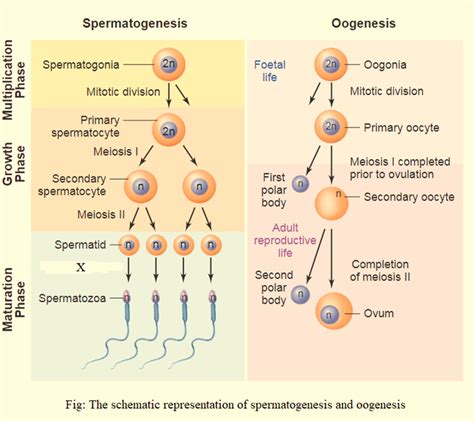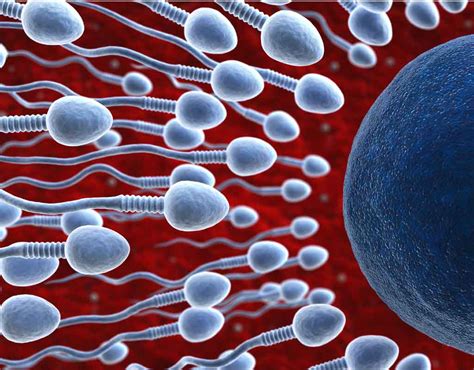The Remarkable Factory: Continuous Sperm Production
The human male reproductive system is a marvel of biological engineering, constantly working to produce the cells necessary for reproduction. Unlike female egg production, which is finite, male sperm production is an ongoing, high-volume process that begins at puberty and typically continues throughout life. Understanding this rate offers valuable insight into male fertility and overall reproductive health.
Spermatogenesis: The Journey of a Sperm Cell
The creation of sperm cells, known as spermatogenesis, is a complex and highly regulated process that occurs within the seminiferous tubules of the testes. This intricate journey from a spermatogonium (a germ cell) to a mature spermatozoon takes approximately 72 to 74 days. It involves multiple stages of cell division and differentiation, culminating in a fully formed sperm cell ready for ejaculation.

During this multi-stage process, millions of cells are simultaneously in various phases of development, ensuring a continuous supply. The testes act as a highly efficient factory, constantly churning out new sperm to replace those that are ejaculated or reabsorbed by the body.
The Astonishing Daily Output
For a healthy adult male, the average daily production rate of sperm cells is truly astonishing. While there can be individual variations based on age, genetics, and overall health, it’s generally estimated that a healthy male produces between 50 million to 200 million sperm cells per day. Some estimates even place the upper limit closer to 300 million daily.
This high turnover rate ensures that there are always ample sperm available for fertility. Despite this massive production, only a tiny fraction of these cells ever reach an egg. The sheer volume is a biological strategy to maximize the chances of successful fertilization.

Factors Influencing Sperm Production Rate
While the body’s baseline production is impressive, several factors can influence the rate and quality of sperm production:
- Age: Production generally peaks in the late teens and early twenties, gradually declining with age, though many men remain fertile well into their later years.
- Hormonal Balance: Hormones like testosterone, FSH (Follicle-Stimulating Hormone), and LH (Luteinizing Hormone) are crucial for regulating spermatogenesis.
- Overall Health: Chronic illnesses, infections (like mumps in adulthood), and genetic conditions can impair production.
- Lifestyle Factors: Smoking, excessive alcohol consumption, drug use, obesity, and exposure to certain toxins or chemicals can negatively impact sperm count and quality.
- Testicular Temperature: The testes are located outside the body for a reason – sperm production is optimal at a temperature slightly cooler than core body temperature.

Why Such a High Production Volume?
The immense daily production of sperm cells might seem excessive, but it serves several critical biological purposes:
- Maximizing Fertility: Given the many obstacles sperm face on their journey to the egg, producing millions increases the probability that at least one will reach and fertilize it.
- Ensuring Genetic Diversity: Continuous production and the mechanisms of meiosis ensure genetic recombination, contributing to biodiversity.
- Compensating for Short Lifespan: Individual sperm cells have a relatively short lifespan once ejaculated or even within the male reproductive tract, necessitating constant replenishment.

Maintaining Optimal Sperm Health
To support a healthy daily sperm production rate and overall reproductive health, men can adopt several healthy habits:
- Maintain a healthy weight.
- Eat a balanced diet rich in antioxidants.
- Exercise regularly.
- Avoid smoking and excessive alcohol.
- Manage stress.
- Protect against sexually transmitted infections (STIs).
- Avoid prolonged exposure to high heat (e.g., hot tubs, tight underwear).
Conclusion
The average daily production rate of sperm cells in a healthy adult male is a testament to the body’s incredible capacity for reproduction. Ranging from tens to hundreds of millions daily, this continuous output is vital for male fertility and is influenced by a complex interplay of genetic, hormonal, and lifestyle factors. Understanding and supporting this remarkable process is key to maintaining male reproductive health.





